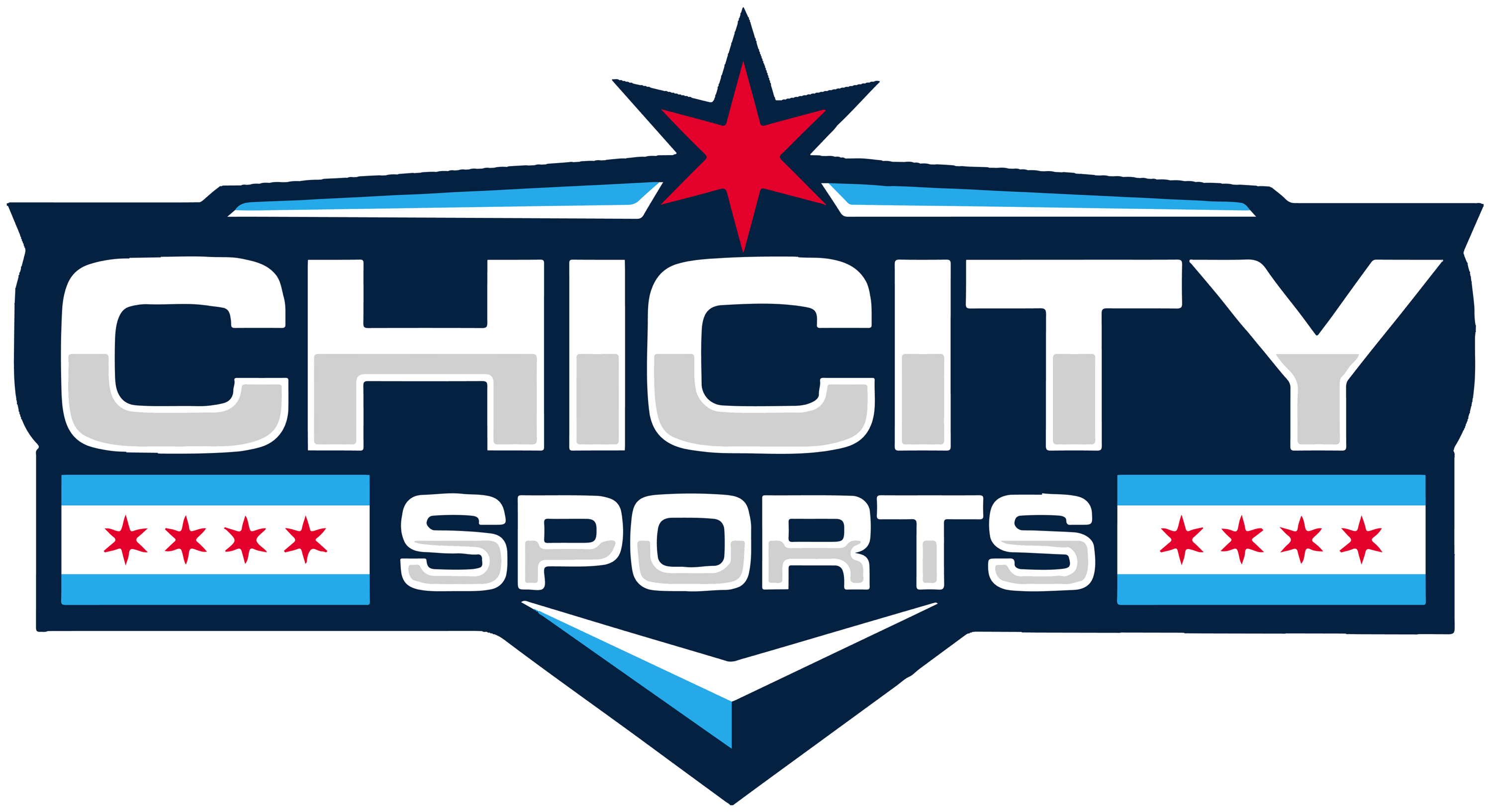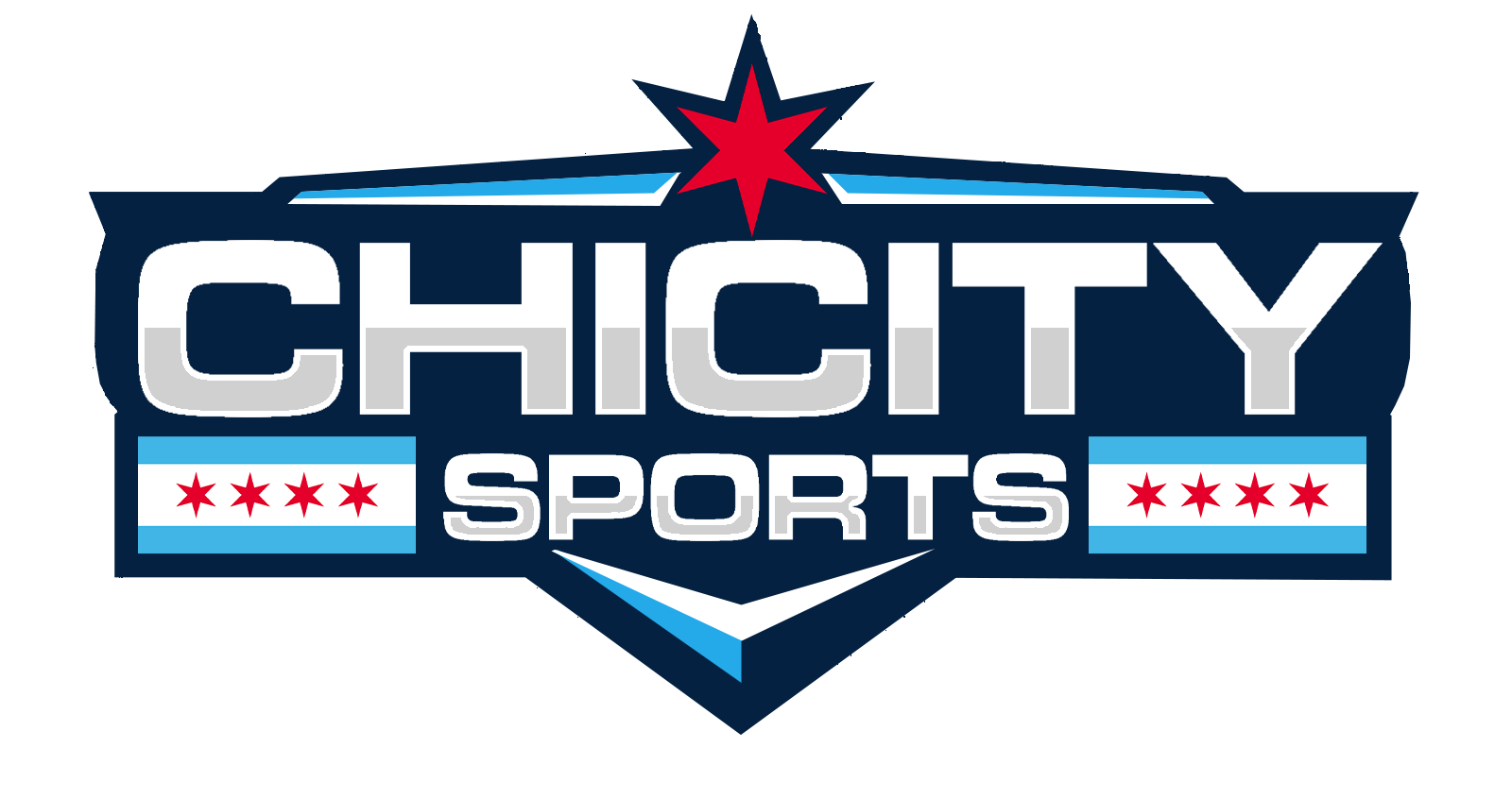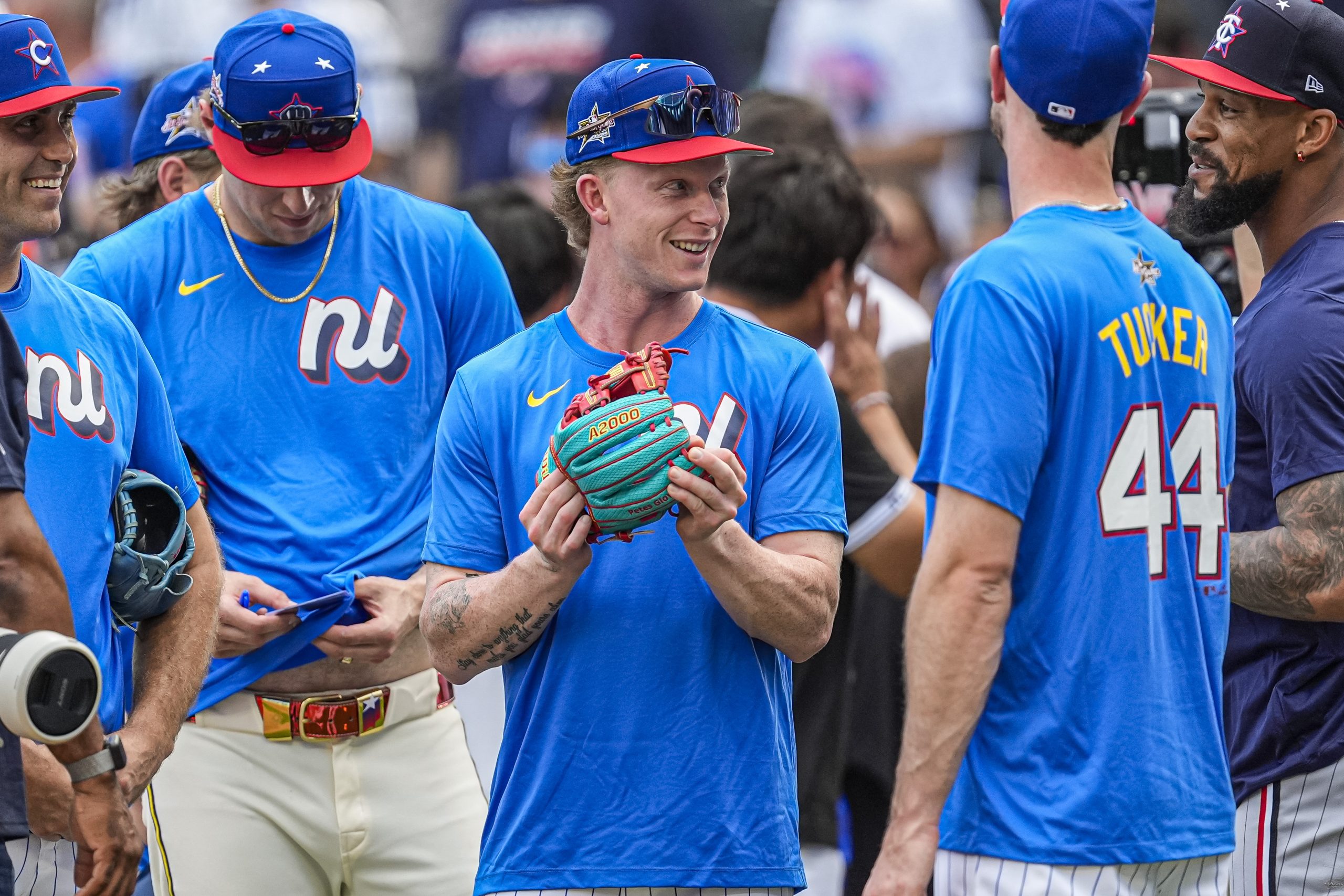The Chicago Cubs enter the 2025 MLB Draft with the 17th overall pick, a position that reflects both their recent competitiveness and the challenges of drafting from the middle of the first round. This year’s selection is more than a routine roster move; it’s a window into the front office’s evolving strategy as the club balances immediate contention with sustainable growth.
With a farm system brimming with high-upside talent and a major league roster on the cusp of postseason relevance, the Cubs’ approach to this pick will reveal much about their priorities for 2025 and beyond.
As the draft unfolds, all eyes are on how Chicago leverages its scouting acumen to maintain momentum in a fiercely competitive National League.
Drafting at 17 in a Changing Landscape
Drafting 17th overall places the Cubs in a unique “sweet spot” where flexibility and preparation are essential. Unlike top-ten selections, middle-round picks require teams to react quickly to the unpredictable flow of the draft board.
These moments are often watched closely by analysts and fans alike, especially those tracking Chicago Cubs bets, as roster decisions can significantly shift expectations for the season ahead.
The Cubs have made three selections on Day One: 17th, 56th, and 90th overall, with a bonus pool of $9,636,800, the ninth-smallest in baseball. Despite this, the organization has consistently exceeded its pool, demonstrating a willingness to invest in top talent.
The new two-day, 20-round format further intensifies the importance of making each pick count, especially as the club seeks to maximize value and address both immediate and long-term needs.
A Track Record of College Talent: Strategy or Coincidence?
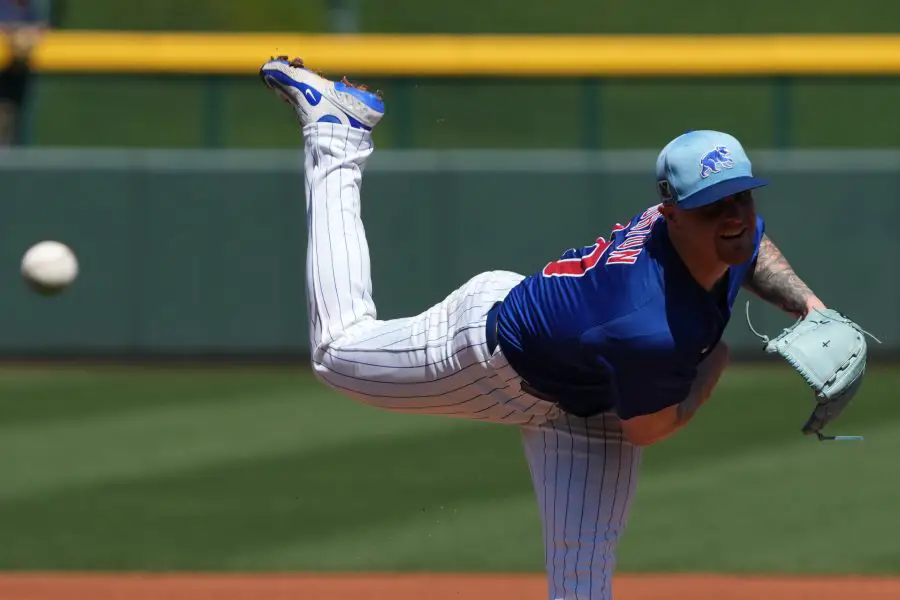
Mar 21, 2025; Mesa, Arizona, USA; Chicago Cubs pitcher Cade Horton throws against the San Diego Padres in the first inning at Sloan Park. Mandatory Credit: Rick Scuteri-Imagn Images
The Cubs’ recent drafts reveal a clear pattern: a preference for college players, particularly in the first round. Over the last four drafts, Chicago has selected Jordan Wicks (2021), Cade Horton (2022), Matt Shaw (2023), and Cam Smith (2024), all from collegiate programs and all quick to make an impact at higher levels.
This approach has yielded a quarter of the current 40-man roster as homegrown talent, with 11 major leaguers starting their careers in Chicago. The rationale is straightforward: college players are often closer to MLB-ready, allowing the Cubs to fill roster gaps swiftly while maintaining a competitive window that has opened wider in 2025.
The 2025 Draft Pool: Names to Watch and Organizational Fit
As the Cubs prepare for their selection, several prospects have emerged as likely targets. MLB Pipeline and other experts have linked Chicago to outfielder Brendan Summerhill (Arizona), shortstop Wehiwa Aloy (Arkansas), second baseman Gavin Kilen (Tennessee), and pitchers Gage Wood (Arkansas) and Tyler Bremner (UC-Santa Barbara).
Summerhill, a Chicagoland native, posted a .343 batting average with Arizona this season, while Kilen showcased power and discipline for Tennessee.
The club’s history of targeting power bats and arms aligns with these options, though the depth of high school talent in this year’s class has also drawn attention from the front office.
Balancing Present Needs With Future Promise
The Cubs’ draft philosophy is shaped by the dual pressures of immediate contention and long-term sustainability. The organization’s farm system is already rich with position players like Moises Ballesteros, Owen Caissie, and Kevin Alcantara, while recent trades have brought in established stars such as Kyle Tucker.
However, pitching depth remains a priority, especially as top prospects like Cade Horton graduate to the majors. Selecting a college pitcher at 17 could provide near-term reinforcement, while a high-upside bat might offer greater long-term value. The decision will hinge on the draft’s unpredictable flow and the availability of top-tier talent at the Cubs’ slot.
The Impact of Recent Trades and Roster Construction
Chicago’s aggressive moves over the past year have reshaped both the major league roster and the prospect pipeline. The trade of Cam Smith, last year’s first-rounder, for Kyle Tucker signaled a willingness to leverage prospect capital for established talent.
This approach has helped the Cubs remain competitive while maintaining flexibility for future acquisitions.
The presence of homegrown contributors, combined with savvy trades, has positioned the club to contend in 2025 and beyond. The 17th pick offers another opportunity to reinforce this balanced strategy, whether through immediate impact or future trade leverage.
Flexibility and Adaptation: The Hallmarks of the Cubs’ Draft Room
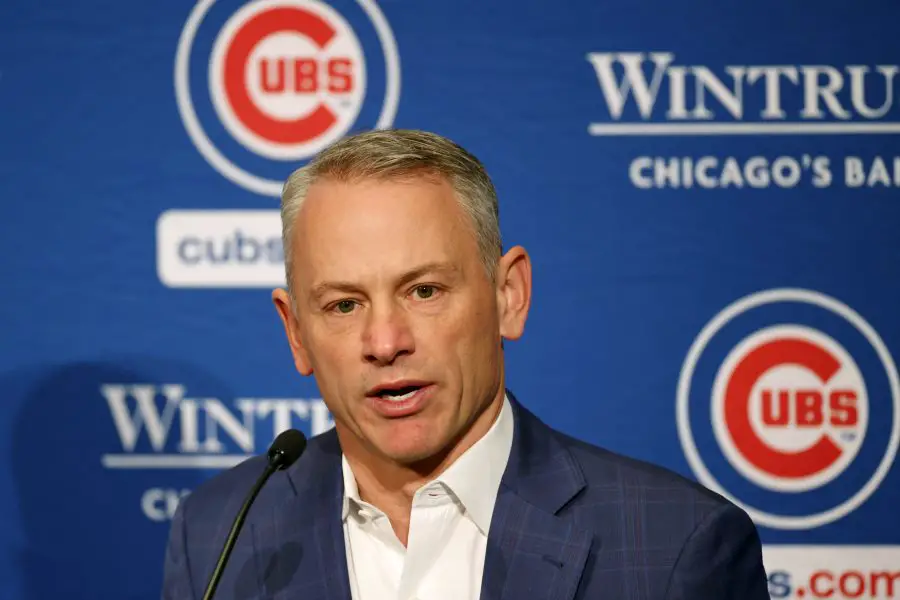
Drafting in the middle of the first round demands a nimble, adaptable approach. Cubs’ VP of scouting Dan Kantrovitz and President Jed Hoyer have emphasized the need to “read and react” as the draft unfolds. The club’s ability to identify and develop talent in this range has been demonstrated by the rapid ascension of recent picks to the majors.
This year, the front office is prepared to pivot between college and high school prospects, power arms and bats, depending on how the board falls. The focus remains on acquiring players who can either contribute quickly or serve as valuable assets in future roster moves.
Looking Ahead: Building for October and Beyond
The Cubs’ 17th pick in the 2025 MLB Draft is more than a number; it’s a strategic lever for shaping the next phase of the franchise.
By maintaining a disciplined yet flexible draft philosophy, Chicago is poised to address both immediate needs and future ambitions. Whether the selection becomes a cornerstone player, a trade chip, or a developmental project, the process itself reflects the organization’s commitment to sustainable success.
As the season unfolds and the postseason beckons, the true impact of these picks will become clear, not just in the box scores but in the Cubs’ ability to compete year after year.
For More Great Chicago Sports Content
Get the latest Chicago sports news, analysis, and breaking stories on the Bears, Bulls, Blackhawks, Cubs, White Sox, Sky, and more! Tap the star to add us to your favorites on Google News, so you never miss a story on your favorite Chicago teams.
Follow us on Twitter at @chicitysports23 for more great content. We appreciate you taking time to read our articles. To interact more with our community and keep up to date on the latest in Chicago sports news, JOIN OUR FREE FACEBOOK GROUP by CLICKING HERE
